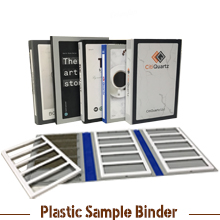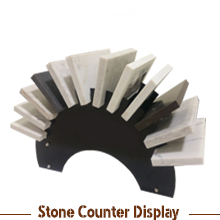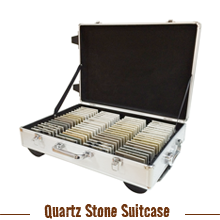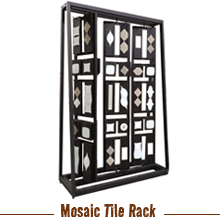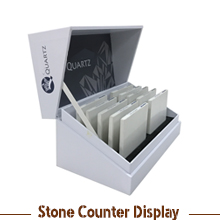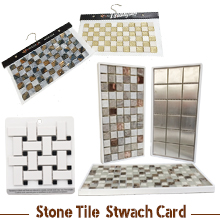How to (Properly) Clean Your Garbage Disposal
Time: 2015-06-03 09:05:39 Source: Quartz Stone Display
Garbage disposals are one of the handiest appliance investments in the home. Interestingly, they are almost exclusively an American item. Since the original In Sink Erator was invented in 1927, adoption has grown to the point where almost half the households in the United States have a disposal unit. Those traveling to the United Kingdom and Canada will be hard pressed to find this useful device.Waste Disposal Basics
Waste disposal is always one of the biggest challenges in any country. Americans traveling abroad are often amazed to find how inefficient many foreign disposal systems are, and how much that affects the quality of life. Many are grateful to return home, knowing how well U.S. disposal systems quickly separate citizens from their trash.
The Disposal or the Trash Bin?
When you are cleaning up after a meal, you have two effective ways to get rid of the excess food: wash it down the sink or toss it in the trash can. Which is better? Many would say to use the sink. You are right there already, washing the dirty dishes. As long as you are not trying to get rid of chicken bones or something similar, you can just wash excess right down the sink and get rid of it right away. It will not sit in the trash can, potentially smelling up the kitchen, and it is one less thing to haul out to the garbage bin later.
However, it is important to understand that the food waste that goes into the trash bin will eventually end up in a land-fill while the excess food that goes into the sink ends up in the sewer system. Although it does not bear close scrutiny, the sewer system is part of the water supply system. It does not help anyone if homeowners challenge the city’s ability to clean up the waste they put down the sink.
Why is this information important? Because this information helps users decide whether they should use their garbage disposal instead of the trash for a particular type of food, in order to protect their water supply. It also helps keep the disposal unit clean and working properly.
Signs the Disposal May Need Attention
Many homeowners go their whole lives without dealing with a dirty disposal unit. However, it is always a good idea for people to keep the warning signs in mind:
Odor: when your sink begins to smell like your trash can, you know the disposal unit is not working properly.
Noise: anyone who has dropped a spoon or other metal utensil knows the racket a disposal makes when the blades meet an immovable object. Similarly, food clogs cause the disposal to make a straining sound, not unlike a car engine struggling to start on a cold day.
Visible waste: a mess will show at the mouth of the sink when the disposal is malfunctioning.
The Bad Boys of Disposal
As tempting as they may be, there are certain foods that are anathema to in-sink disposal units. Just say no to:
Eggshells: although an urban legend says that eggshells sharpen disposal blades and scour the walls of the unit, many find that ground shells actually form a clogging paste when too many are added at a time.
Banana peels: the peels are made of strands that clog disposal axles, like hair does in a vacuum cleaner.
Potato peels
And last but not least: any food with heavy grease.
In addition, always make sure there is sufficient water flow as the disposal is running, in order to properly flush the waste.
When You Have to Clean
When an ounce of prevention fails, a pound of cure can be fairly manageable. If the disposal motor still runs and the drain is not backed up, there are several simple methods to restore clear flushing action:
Baking soda and vinegar: vinegar is a mild acid while baking soda is a base. Together, they form an effective cleaning agent. Start by pouring a half cup of baking soda into the disposal unit. Then carefully pour a cup of white vinegar on top of the soda. It is a good idea to use protective eyewear for this step. While the mixture is fizzing and cleaning, boil a medium size pot of water. When it is ready, pour it steadily down the drain.
Water and bleach: bleach is used to make a more powerful cleansing agent. Again, don your protective eyewear and mix a gallon of water with one tablespoon of liquid chlorine bleach. Then, pour this mixture very slowly down the sink drain and let it sit. After several minutes, wash away the residue with a stream of hot water from the tap. The bleach is an excellent germ-killing agent. However, too much bleach will harden any grease buildup in your garbage disposal.
Ice and citrus peels: a great maintenance procedure is to place several ice cubes into the disposal and running the unit to clean the blades. Adding citrus rinds at the same time will freshen the unit.
�ؼ���:How to (Properly) Clean Your Garbage Disposal
�������:
How to (Properly) Clean Your Garbage Disposal






